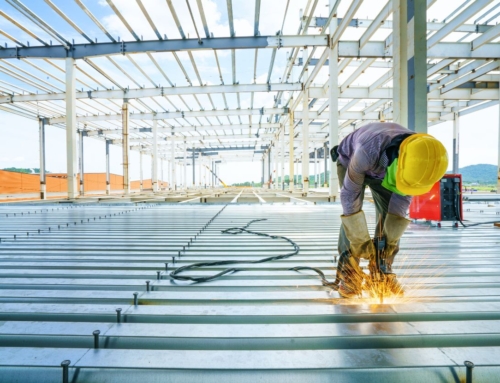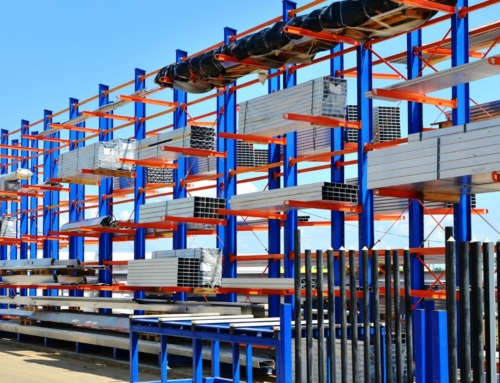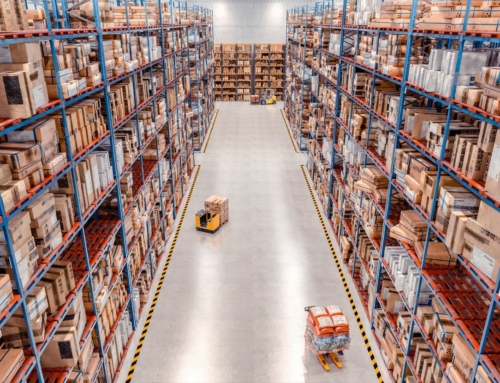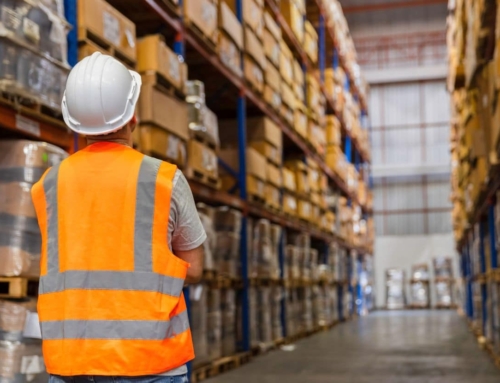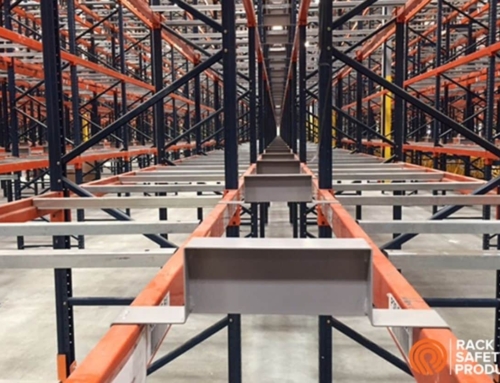[fusion_builder_container hundred_percent=”no” equal_height_columns=”no” menu_anchor=”” hide_on_mobile=”small-visibility,medium-visibility,large-visibility” class=”” id=”” background_color=”” background_image=”” background_position=”center center” background_repeat=”no-repeat” fade=”no” background_parallax=”none” parallax_speed=”0.3″ video_mp4=”” video_webm=”” video_ogv=”” video_url=”” video_aspect_ratio=”16:9″ video_loop=”yes” video_mute=”yes” overlay_color=”” video_preview_image=”” border_size=”” border_color=”” border_style=”solid” padding_top=”” padding_bottom=”” padding_left=”” padding_right=””][fusion_builder_row][fusion_builder_column type=”1_1″ layout=”1_1″ background_position=”left top” background_color=”” border_size=”” border_color=”” border_style=”solid” border_position=”all” spacing=”yes” background_image=”” background_repeat=”no-repeat” padding_top=”” padding_right=”” padding_bottom=”” padding_left=”” margin_top=”0px” margin_bottom=”0px” class=”” id=”” animation_type=”” animation_speed=”0.3″ animation_direction=”left” hide_on_mobile=”small-visibility,medium-visibility,large-visibility” center_content=”no” last=”no” min_height=”” hover_type=”none” link=””][fusion_text]
The warehouse can be an inherently dangerous place due to the materials being stored, faulty installation of equipment, use of heavy machinery, or the falling of debris. While all of these can pose a threat to workers, one of the most common causes of accidents and hazardous situations is the collision of forklifts with racking systems.
These collisions will weaken the support structures of these racks and put everyone in the immediate area in danger. Knowing how to protect columns from forklift damage is one of the best ways to ensure the continued safety of employees and decrease the likelihood of products getting damaged.
Preventative Measures
While taking precautionary measures may not reduce the damage done to rack columns, it can decrease the chances of collisions occurring in the warehouse. Have a thorough inspection of your workspace and find if areas are lacking in the safety measures that can prevent collisions.
Are Vehicle Operators Properly Trained?
The first step to reduce the chances of vehicle damage is to ensure all forklift operators—and operators of other electric vehicles—are properly trained in their use. Without the proper training, drivers can easily lose control of their vehicles and crash into racks or workers.
Guarantee all drivers know what they’re doing when they turn the key and that they know how to respond to dangerous circumstances involving forklifts.
Is There Adequate Lighting?
For drivers to see incoming dangers they must have a clear visual of what they’re driving upon. There can be places in the warehouse where lighting isn’t as bright as it could be, and that can cause problems in a number of ways.
Poor lighting conditions increases the likelihood of vehicle collisions drastically. Find the areas where there is low light coverage and have that problem corrected before an accident will inevitably occur.
Can Vehicle Operators See Around Corners Clearly?
Going further with the issue of visibility beyond lighting, there can be blind corners in the warehouse where drivers cannot effectively see what’s coming. There could be piping, racking, or employees working, and without being able to see what is waiting, the driver may unintentionally hit whatever is there.
It’s essential mirrors are installed at these intersections for the benefit of the driver and the safety of workers. These mirrors enable the driver to clearly see what’s waiting for them around such turns and react accordingly.
Create Traffic Lanes
By marking the floor of the warehouse in brightly colored lines, you can create a system to direct the traffic of forklifts and other vehicles. This will prevent forklifts from venturing out of safe areas and let the driver know that the marked area is the most optimal route to take.
Without these marked lanes of traffic many areas can quickly become congested, posing safety risk to those unaware of oncoming forklifts. With them, though, everyone will know what to look out for when on the warehouse floor and forklift operators will know the routes that are the safest.
How To Protect The Columns
With the preventative measures out of the way, you can now focus on how to best protect your racking systems in the event of a collision.
Building Columns
Columns that support the weight and structural integrity of the warehouse are also at constant risk of being hit with vehicles. These can arguably be more dangerous than collisions with racking systems due to the fact that they help support the building’s structure. Once one of these columns is sufficiently damaged, then the warehouse is no longer safe to have anyone inside of it.
How To Protect Them
Install column protectors onto the support structure of the building. These will greatly mitigate the damage done by collisions by absorbing the majority of the force before it can transfer to the column itself.
Not Just Protecting The Column
Not only will you be able to protect the column from forklift damage, but you can protect the driver and the forklift from damage as well. The column protector can also absorb the force of the collision that would be transferred to the forklift. This minimizes damage to the forklift and decreases the likelihood of injury to the driver.
Rack Post Protectors
While on a smaller scale than the building support columns, the support of your racking systems mustn’t be neglected. Rack support structures are far weaker than the support columns of the building and will require far less force to knock them out of alignment.
This results in a compromised support structure that can no longer safely hold the materials placed upon it. What follows is the risk of debris falling from the racks, or the rack structure itself completely collapsing.
The failure of the support structure can result in several hazardous situations. The best-case scenario is that no one is harmed in the ensuing collapse and that only materials are broken. At worse, though, workers can face serious injury and death due to being crushed by falling debris.
Ideal Method Of Protection
Much like support columns, there are protective barriers that can be installed to limit the damage done to the supports of the racking system. These rack post protectors ensure that when a collision should occur, the damage is absorbed by the post protectors instead of the post itself.
The integrity of the posts can be reduced over time if multiple accidents happen. Sometimes all it will take is a single incident to require a replacement post.
Act Before Severe Issues Occur
The risk of hazardous situations is always present when working in the warehouse, and there are always methods to reduce the damage done or the severity of the resulting disaster. Take the necessary steps to give your warehouse and the people working in it the best chance to avoid serious injury. Waiting until after an incident to implement safety strategies a sign of systemic ineffectiveness and shows an inability to willingly protect the people employed.

[/fusion_text][/fusion_builder_column][/fusion_builder_row][/fusion_builder_container]


